Agricultural Value Chain Products and Solutions
March 5, 2025
Understanding and managing common diseases in paddy fieldsWork in progress
Agricultural Value Chain Products and Solutions
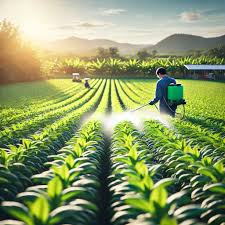
Here are five basic mistakes farmers should watch out for to ensure a successful harvest of crops

From the right harvesting time to the correct harvesting technique and post-harvesting measures, there are a number of things you must consider while harvesting grapes. Here are a few tips that will help you get a good harvest.

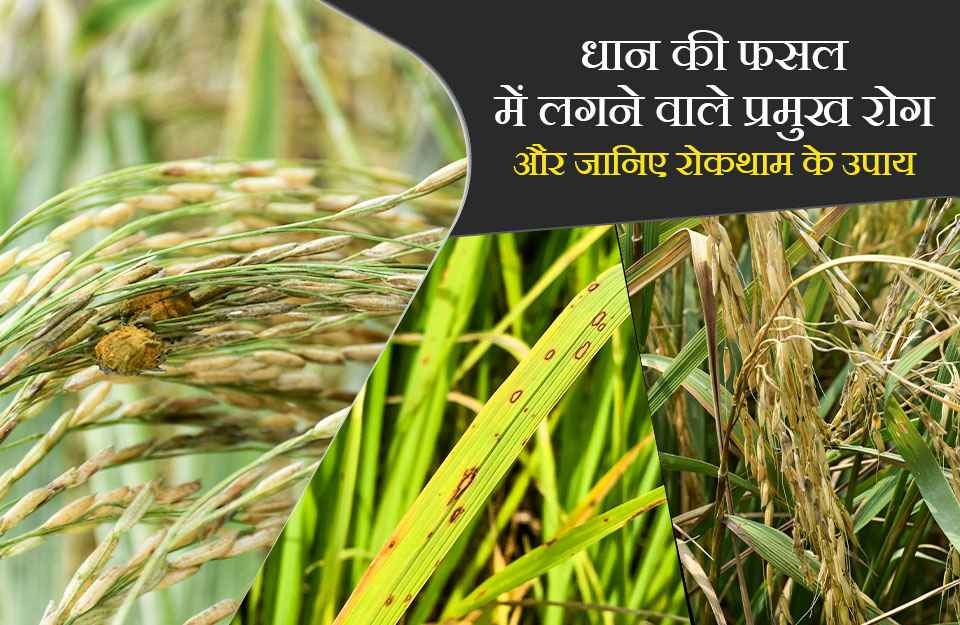
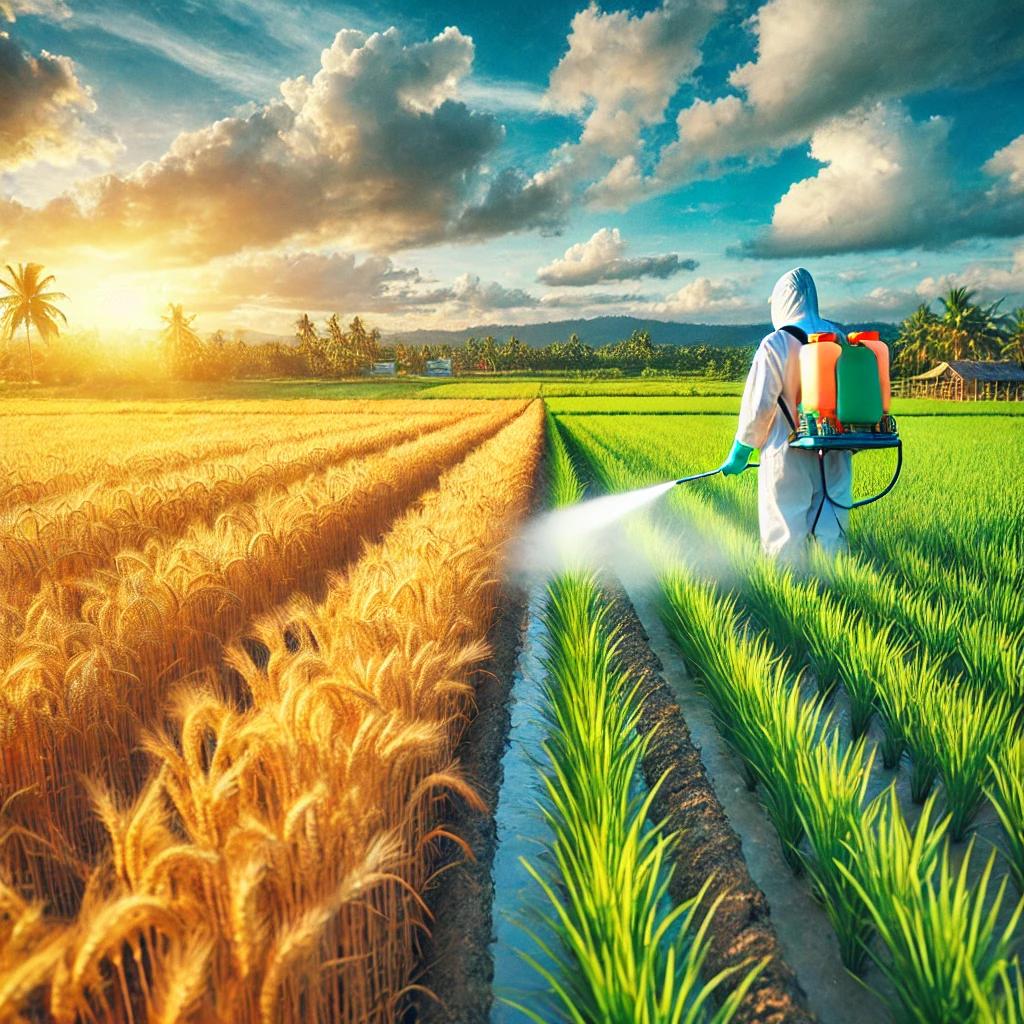
March 5, 2025
Protect Your October Harvest: Fungicide Strategies for Wheat and Rice CropsWork in Progress
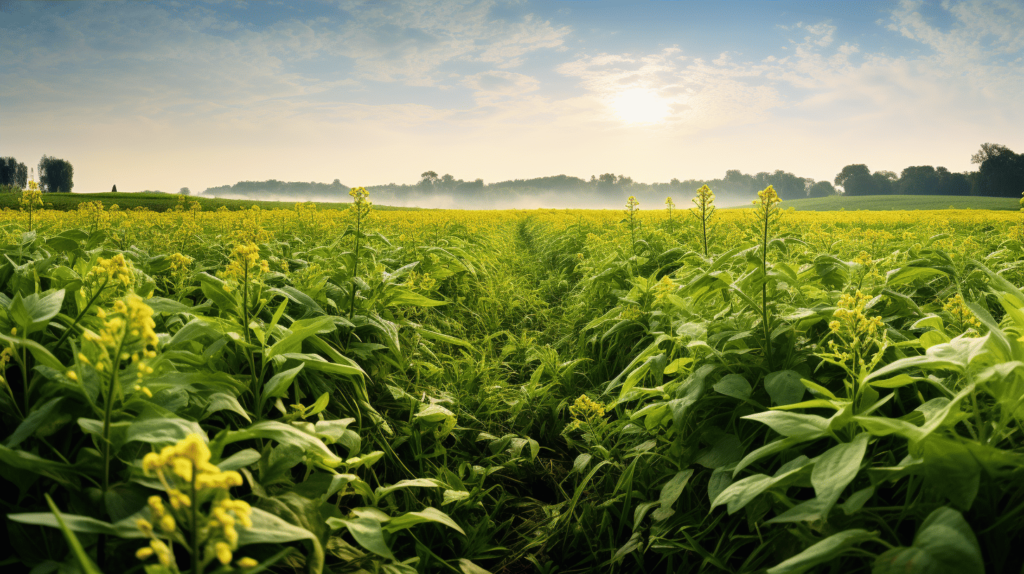
March 14, 2025
The Best Weed Control Timing Strategies for Farmers to Increase Crop Yield and Reduce LaborOne of the main problems farmers have is weeds. Their competition with crops for nutrients, sunlight, and water results in lower yields and resource loss. Managing weeds at the right time is crucial to maximize crop yield and minimize labor costs. This guide will share some best practices for timing your weed control to keep your fields healthy and productive. By using tools like weed killer pre-emergent products and specific herbicides, you can control weeds effectively and ensure your crops thrive.
In the fiscal year 2023-24, India's agricultural exports decreased to $48.77 billion from $51.12 billion in the previous year. Despite this decline, India maintained its position as the world's eighth-largest agricultural exporter. The government continues to focus on enhancing export strategies to boost the agricultural sector's contribution to the economy.
Union Minister Nitin Gadkari has projected that India's agricultural growth rate will rise to 20% over the next two years. He highlighted the need to make agriculture economically viable and job-generating, noting that 65% of the rural population currently contributes only 12% to the country's growth. Initiatives such as green highways, port connectivity, and reducing logistics costs are being emphasized to boost the agricultural economy.
India, the world's largest rice exporter, has removed its remaining restrictions on rice exports, aiming to double agricultural shipments by 2030. This decision has led to a significant drop in rice prices, impacting producers in countries like Pakistan, Thailand, and Vietnam. The move is expected to benefit markets in Africa and East Asia by providing more affordable rice options.

Farm machinery, such as tractors and harvesters, pose significant risks if not handled properly. Warning signs alert workers and visitors to the presence of operating machinery, emphasizing the need for caution to prevent accidents like entanglements or crushing injuries.
Continue ReadingAgricultural operations often involve the use of chemicals like pesticides and fertilizers. Exposure to these substances can be harmful. Warning signs indicate areas where chemicals are stored or used, advising individuals to wear appropriate protective equipment and follow safety protocols.
Continue Reading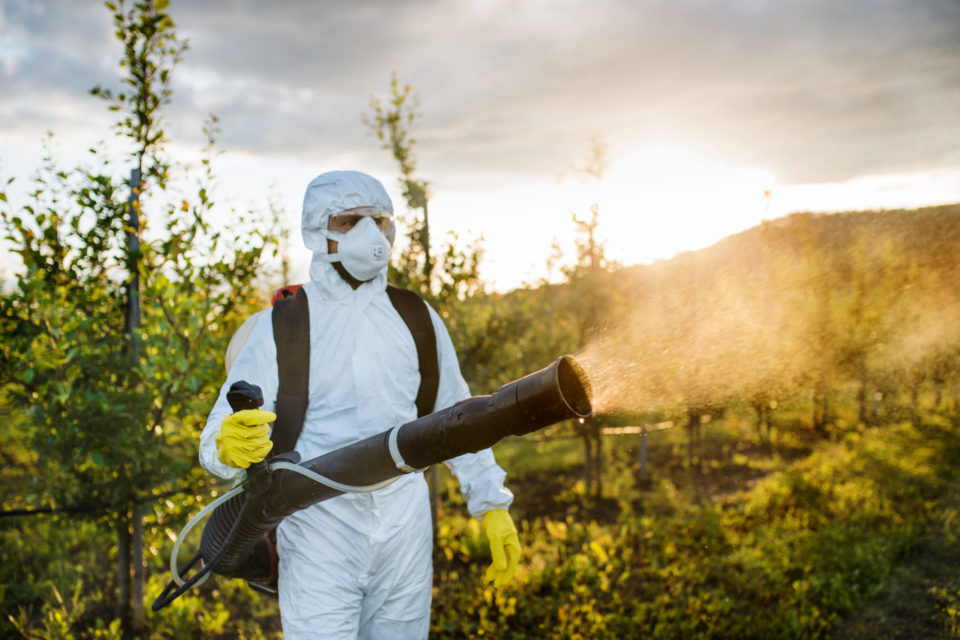
Dust, mold, and chemicals in agricultural environments can lead to respiratory issues. Utilizing masks or respirators and ensuring adequate ventilation in work areas help protect respiratory health.

Working with animals carries inherent risks, including bites, kicks, and trampling. Understanding animal behavior, maintaining secure enclosures, and using proper handling techniques can reduce these dangers.

The use of pesticides and fertilizers is common in agriculture, but improper handling can lead to chemical burns, respiratory issues, and long-term health problems. Wearing appropriate personal protective equipment (PPE) and following safety protocols are vital when dealing with agrochemicals.

March 25, 2025
Price Assurance and Farm Services Act, 2020This amendment sought to remove commodities like cereals, pulses, oilseeds, edible oils, onion, and potatoes from the list of essential commodities, aiming to deregulate the production, storage, movement, and distribution of these food items.
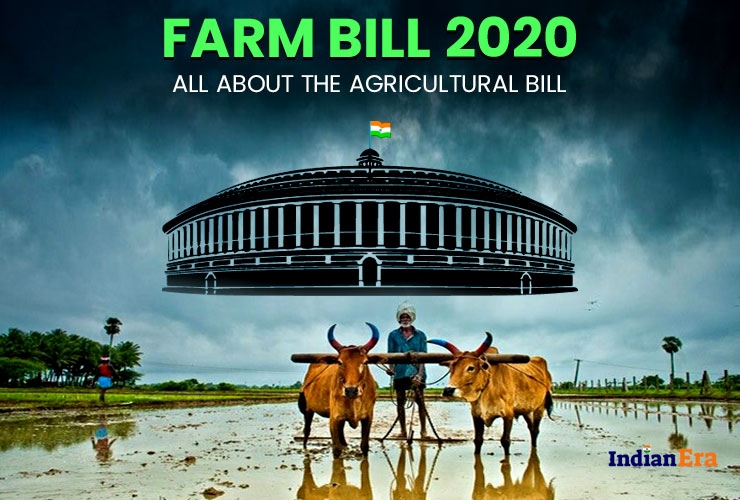
March 25, 2025
The Farmers (Empowerment and Protection) Agreement on Price AssuranceThis legislation provided a framework for contract farming, enabling farmers to enter into agreements with agribusiness firms, processors, wholesalers, exporters, or large retailers for the sale of future produce at pre-agreed prices.
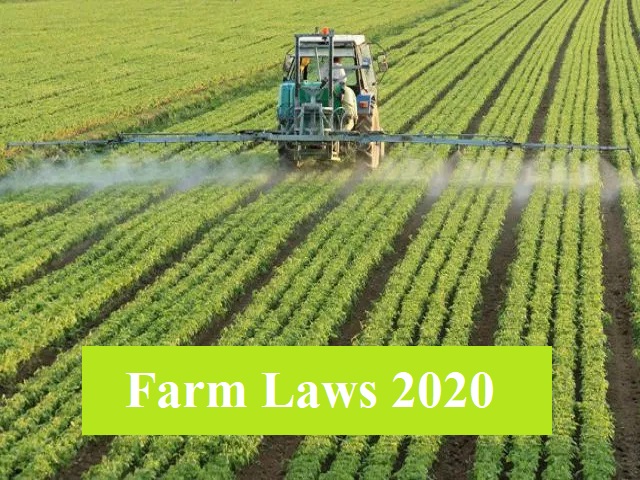
March 25, 2025
The Farmers' Produce Trade and Commerce (Promotion and Facilitation) Act, 2020This act aimed to create an ecosystem where farmers and traders could engage in trade outside the physical premises of Agricultural Produce Market Committees (APMCs), promoting barrier-free inter-state and intra-state trade of farmers' produce.

Shivaji is Chief Delivery Officer for SplendorNet. This clearly means that he is the person behind establishing SplendorNet as a respected brand for timely and quality deliveries

partner
Pratap is the Founder Director and the CEO of SplendorNet. Having over 15 years of entrepreneurship experience spanning 4 startups, Pratap has acquired all skills that are needed for a quality development company that keeps all the customers highly satisfied.

partner
Ashish is also one of the founding members and he looks after “Operations and HR” in SplendorNet. Ashish has been instrumental in making SplendorNet strong on employee retention, recruitment process and hiring right talent.

partner
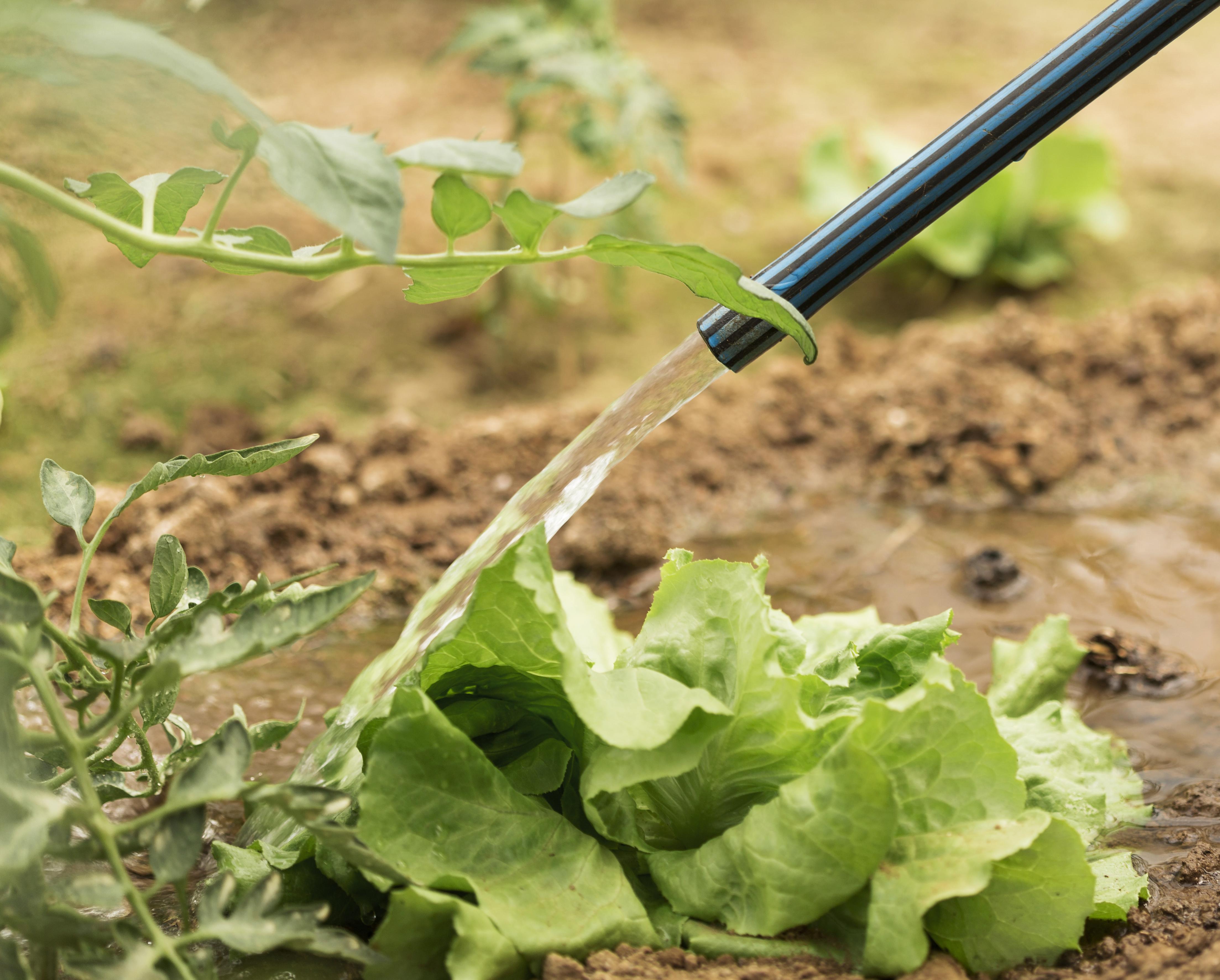
Groundwater levels, irrigation patterns, and efficiency.

Production rates of different crops over seasons.
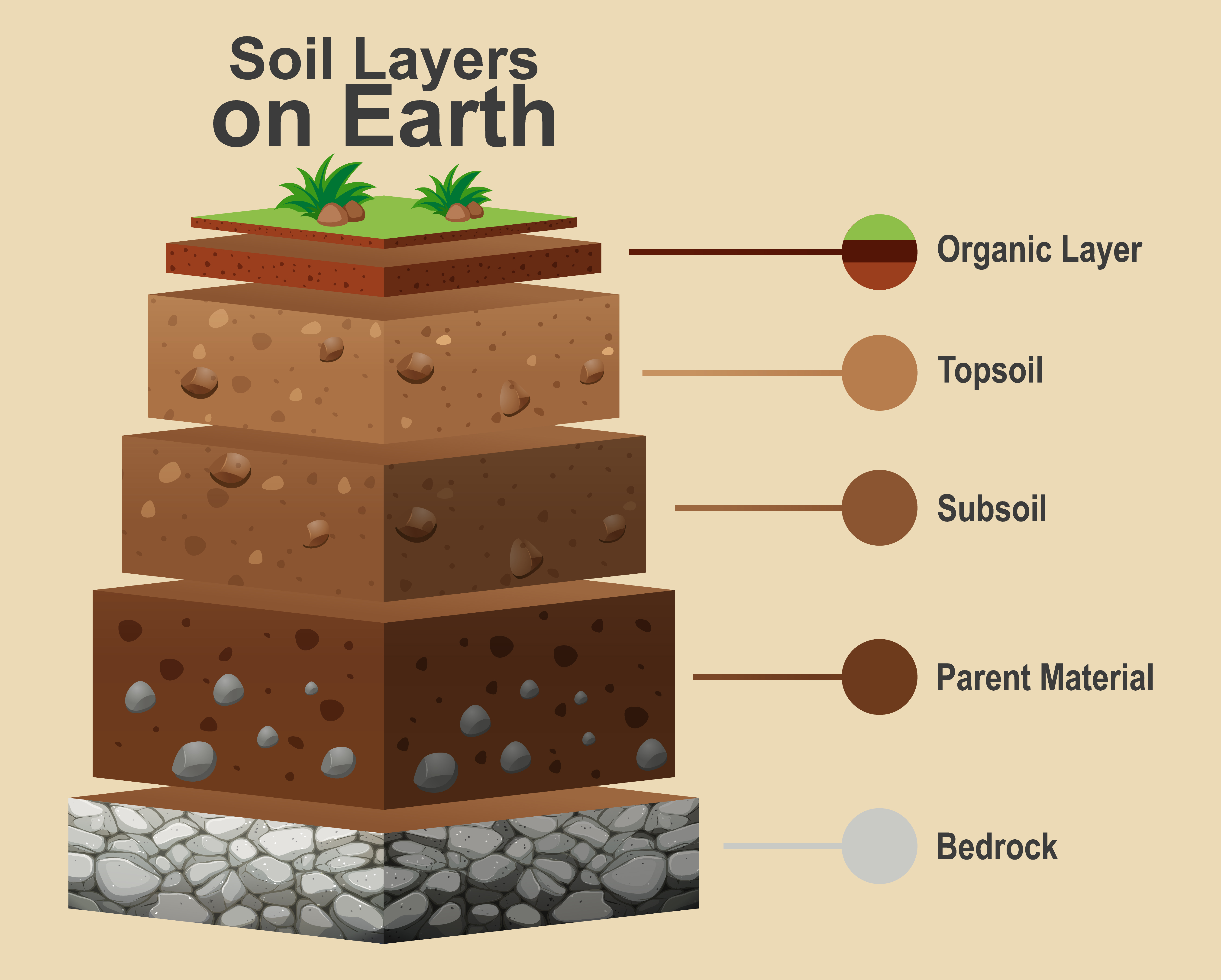
pH levels, nutrients, moisture content, and fertility.
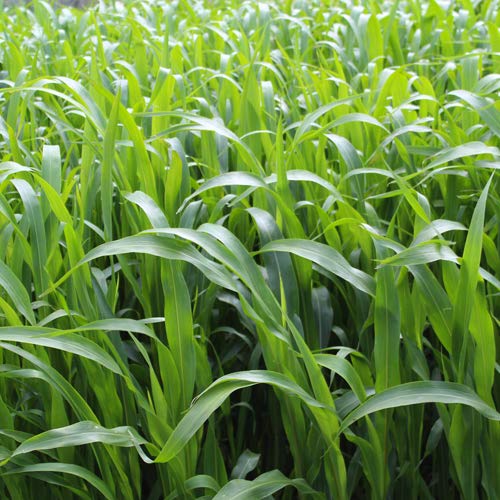
With you a call away on below number

Lorem Ipsum is simply dummy text of the printing and typesetting industry. Lorem Ipsum has been the industry's standard dummy text ever since the 1500s, when an unknown printer took a galley of type and scrambled it to make a type specimen book. It has survived not only five centuries,